Energy is the capacity for doing work and can exist in many different forms. Energy cannot be created or destroyed but can be changed from one form to another. We call this conservation of energy.
Forms of energy
There are lots of different forms of energy.
Kinetic energy
All moving objects have kinetic energy. A ball rolling, a car moving, and a person running all have kinetic energy!
The faster an object moves, the more kinetic energy it has.
Light energy
Objects that give off light have light energy. The sun, candles and light bulbs all have light energy.
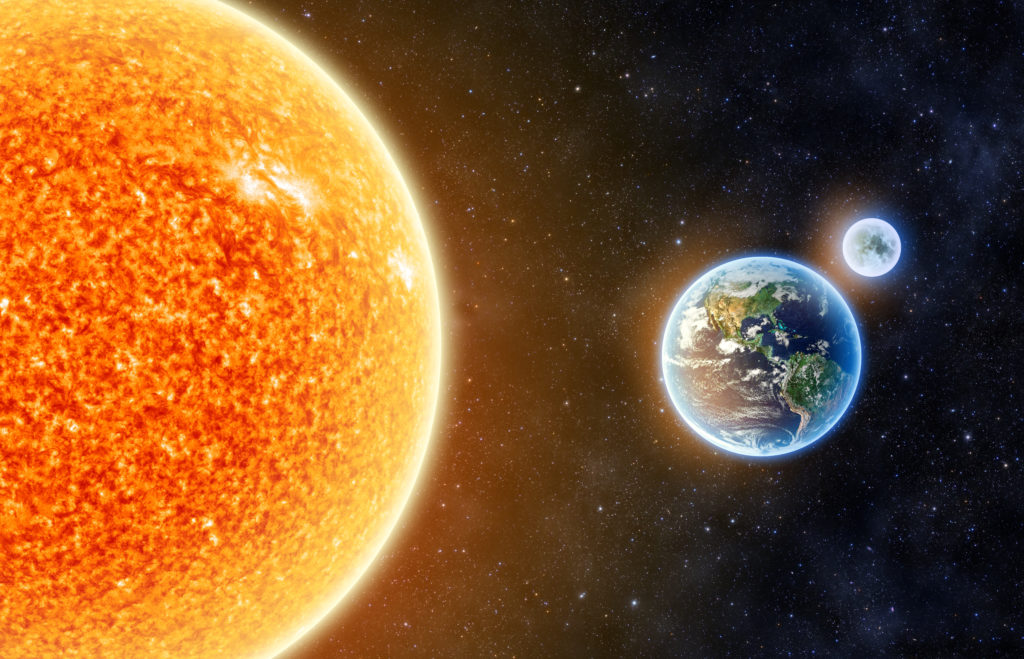
Thermal energy
Objects that are warmer than zero degrees have some thermal energy. The hotter an object is, the more thermal energy it has.
Gravitational potential energy
Objects that can fall ( i.e. are above the ground ) have gravitational potential energy. Books on a shelf, a ball held in the air and aeroplanes all have gravitational potential energy.
The further from the ground an object is, the more gravitational potential energy it has.
Chemical energy
Things that can release energy in a chemical reaction have chemical energy. Batteries, petrol and other fuels are good examples of chemical energy stores.
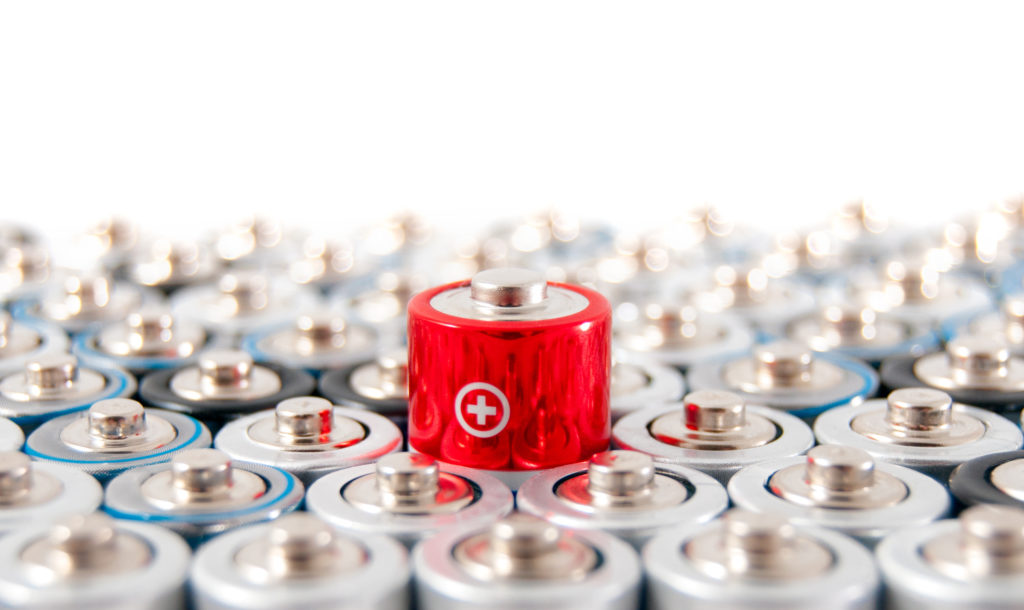
Elastic potential energy
Objects that can stretch, such as elastic bands and springs, have elastic potential energy.
Sound energy
Vibrating objects transfer energy to the air as sound.
Nuclear energy
Energy stored in atomic nuclei is released in a nuclear reaction.
What is an energy store?
Energy stores are different ways of storing energy. Energy can be transferred between or stored in energy stores.
Types of energy transfers
There are four different types of energy transfers. Energy is almost always wasted as it is transferred. If you think about a light bulb, electrical energy powers the bulb to create light energy, but some energy is also lost as heat.
Mechanical energy transfers
If a force acts on an object, energy is transferred by the force to the object. An example of this is pushing down on a catapult.
Electrical energy transfers
Electrical energy transfers involve charges moving around a circuit because of a potential difference.
Heating
Hotter objects transfer energy to cooler objects. An example is a pan of water being heated on a hob.
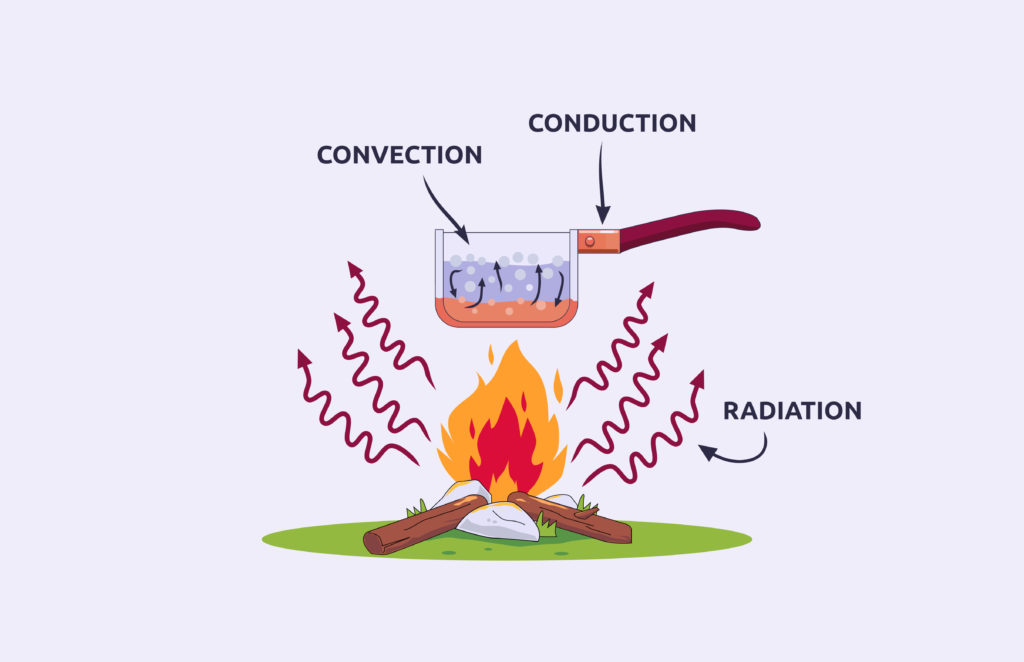
Radiation
In this type of energy transfer, waves transfer energy. An example of this is light energy from the sun travelling to Earth or sound waves travelling from person to person.
Energy transfer activity ideas
These activity ideas are all straightforward ways to demonstrate energy transfers.
Make a catapult
In a basic catapult model energy from the person pushing down on the catapult arm is transferred to elastic potential energy as the catapult arm is pushed down. When the catapult arm is released, the ball's elastic potential energy is transferred to kinetic energy. These are all mechanical energy transfers.
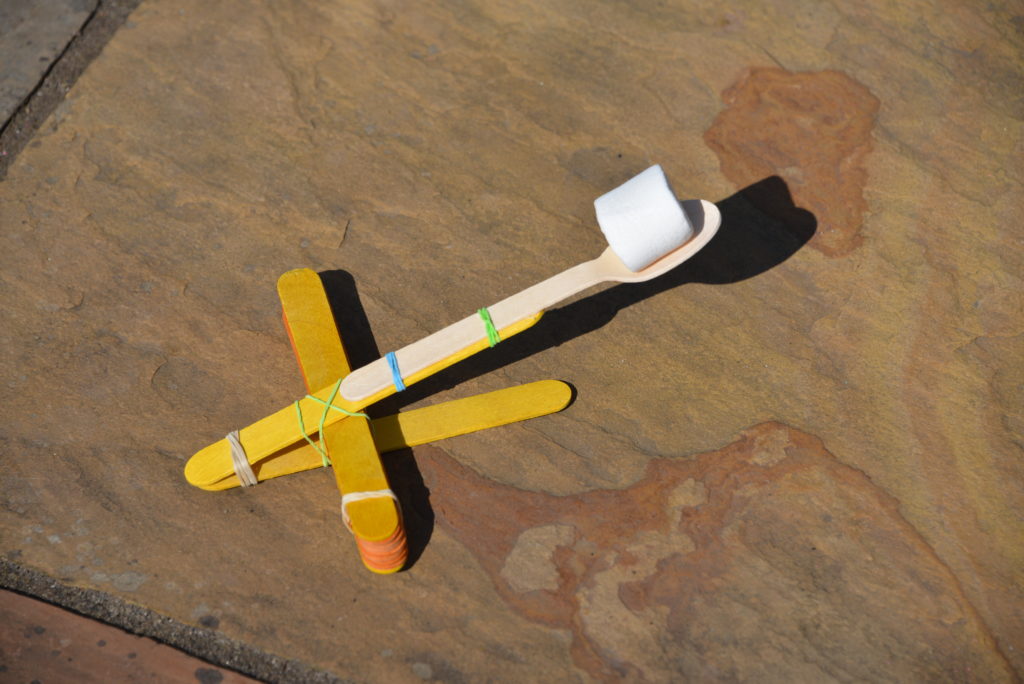
Play rounders or cricket
In a game of cricket or rounders, kinetic energy from the body of the person hitting the ball is transferred to the bat, and then kinetic energy from the bat is transferred mechanically to the ball. The ball has gravitational potential energy, which is again transferred into kinetic energy. The kinetic energy of the ball increases as it gains momentum until it hits the ground.
Build a Newton's Cradle
A Newton's Cradle is a great way to demonstrate both conservation of energy and momentum.
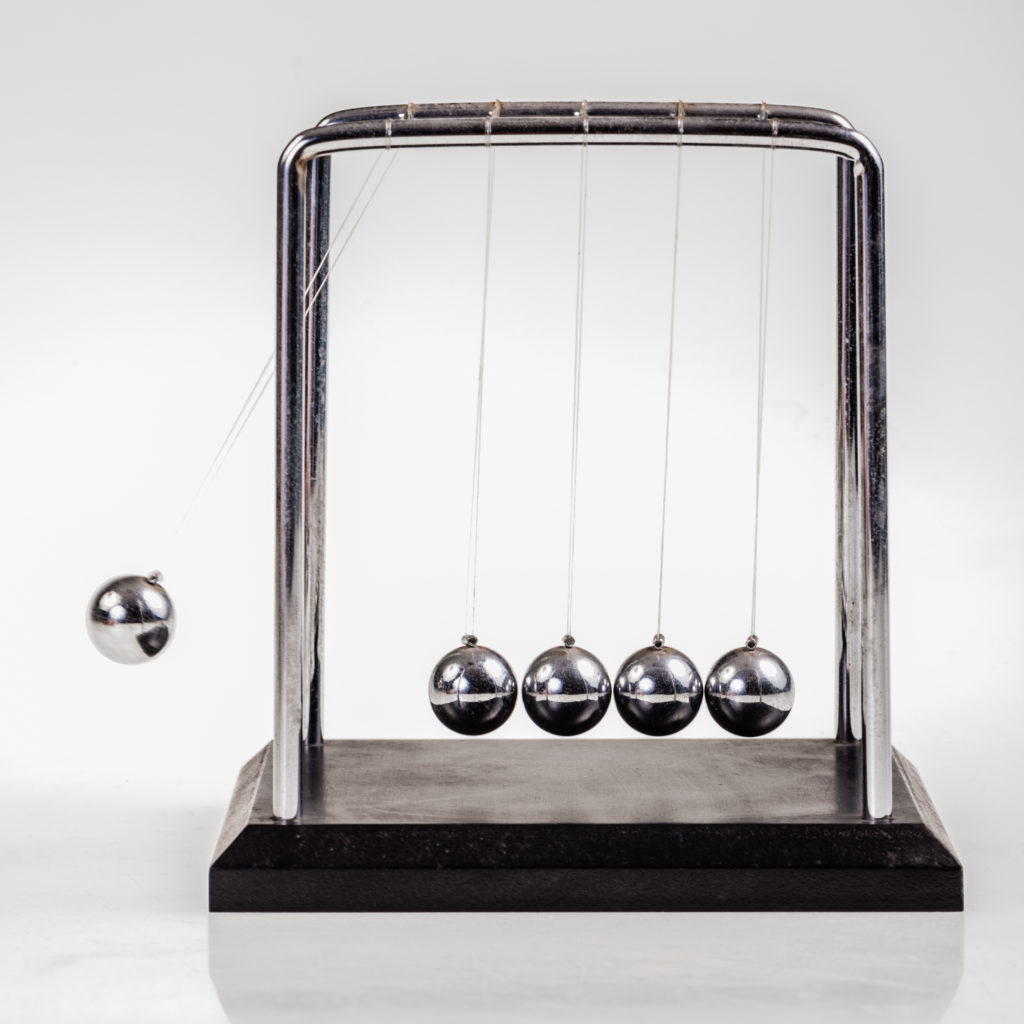
When the balls are at rest they have zero potential energy and zero kinetic energy as they are stationary.
If one ball is lifted, it gains gravitational potential energy, but the kinetic energy remains at zero. As the ball is released, it loses gravitational potential energy and gains kinetic energy and momentum. When the ball reaches the bottom position, it has its maximum momentum and kinetic energy.
When the ball hits the next ball, it stops and loses momentum and kinetic energy. However, momentum and energy cannot be lost. They are transferred to the next ball, and then the next ball until the last ball, which is pushed outwards at the same speed the first ball dropped, so energy and momentum are conserved!
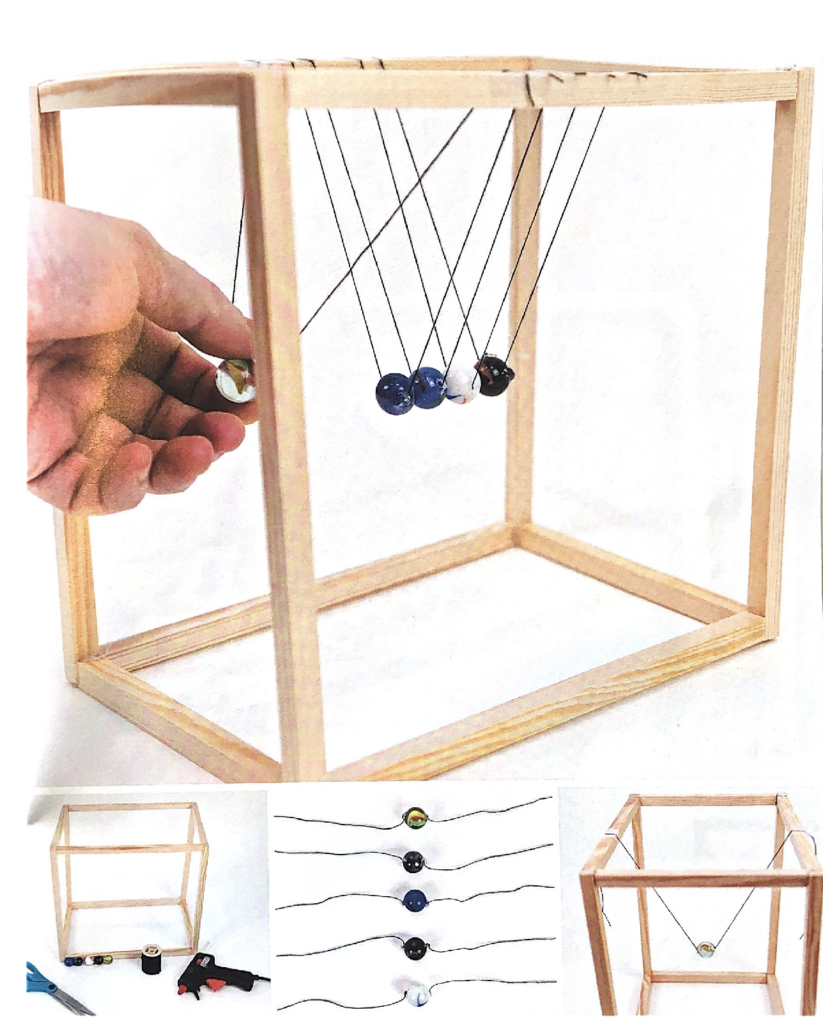
Make a Solar Oven
A solar oven is a good example of energy transfer by radiation. Energy from the sun is transferred by radiation to the marshmallows, which makes them melt.
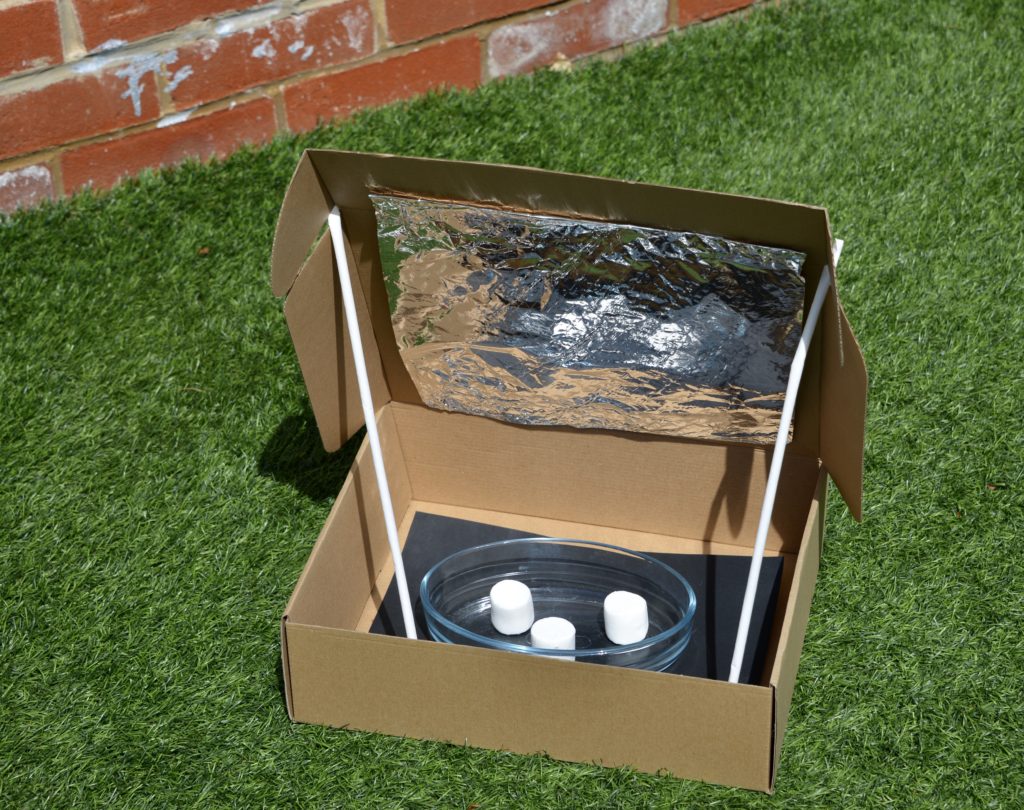
Warm up water
This convection activity is a colourful way to demonstrate energy transfer by heating. The warmer water heats the cooler water by convection.
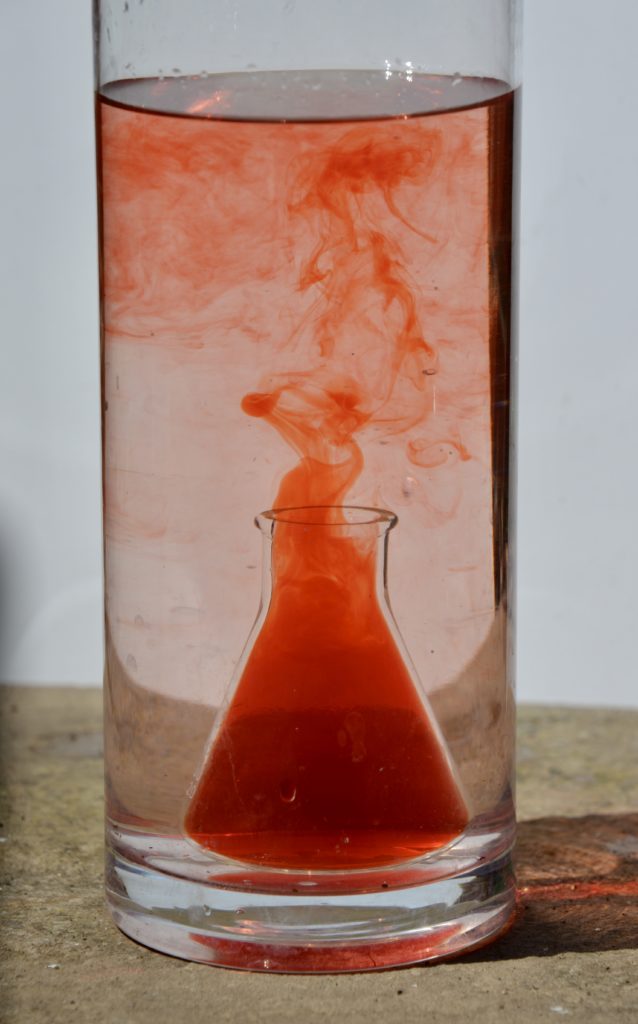
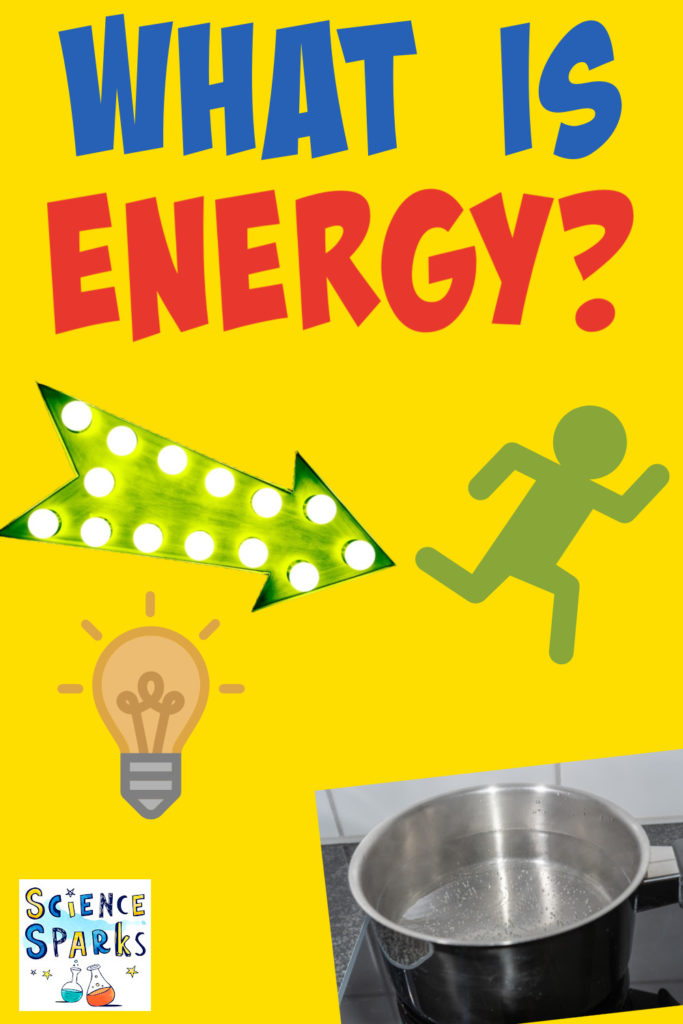
Last Updated on January 12, 2023 by Emma Vanstone
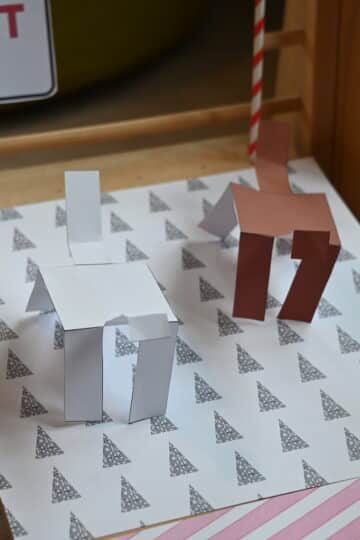

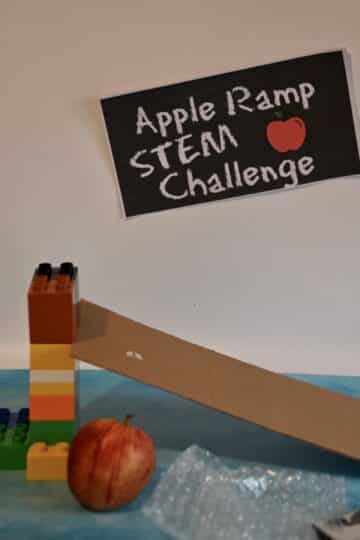
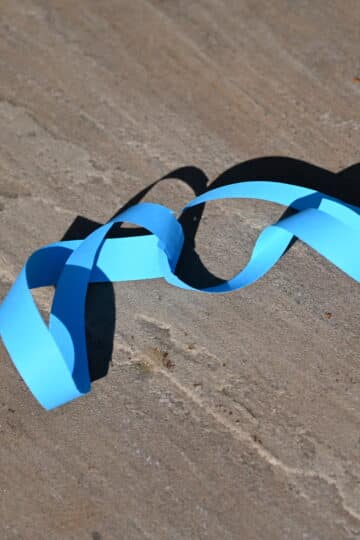
Leave a Reply